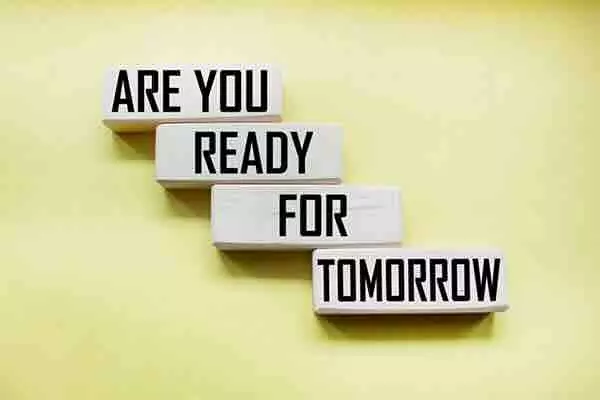In today’s world, preparing students for the future often seems synonymous with using the latest technology. But what if you don’t have access to expensive gadgets or software? Fortunately, future-ready skills like problem-solving, creativity, digital literacy, and global awareness can be taught without high-tech tools. Here are five strategies to empower students with these skills using minimal resources.
1. Unlock Creativity with Zero-Cost, Hands-On Learning Techniques
Creativity is essential in the Fourth Industrial Revolution, yet it doesn’t require a fancy lab to cultivate. Hands-on activities encourage students to explore, innovate, and create solutions. For example, Finland’s South Tapiola High School fosters creativity by encouraging students to design and manage their own businesses as part of the Young Entrepreneurship Program. This approach requires minimal resources and instead relies on collaboration, critical thinking, and problem-solving.
You can apply this model by assigning students a real-world problem to solve with limited materials. Let them prototype solutions with items like cardboard, paper, and recycled materials. Encourage students to experiment, make mistakes, and iterate on their designs. This low-cost approach helps develop creative problem-solving skills in a way that mirrors real-world innovation.
2. Build Problem-Solvers Using Everyday Classroom Materials
Problem-solving skills are invaluable for future success. However, traditional lessons don’t always encourage students to think critically. Instead of focusing solely on formulas or memorization, try a problem-based learning approach. This strategy, used by schools like Kabakoo Academies in Mali, encourages students to address real community challenges, such as designing low-cost air quality monitors for their neighborhoods. These projects use locally available materials and require minimal investment.
To replicate this, present students with a relatable challenge, like creating a container that keeps items dry during rain. Let them brainstorm, research, and test different ideas using everyday items. By allowing students to approach a problem with multiple solutions, you create a learning environment that values resourcefulness and critical thinking.
3. Drive Digital Literacy Through Simple, Offline Exercises
Digital literacy is more than using computers—it’s about understanding how technology works and applying that knowledge thoughtfully. TEKY Academy in Vietnam teaches programming and digital responsibility through offline exercises, like logic games and puzzles, before moving to actual coding. These foundational skills can be built without immediate access to computers, making digital literacy more accessible.
In your classroom, start with activities that build computational thinking without screens. Games like “unplugged coding” use symbols and sequences to mimic computer logic. For example, students can write instructions for a classmate to follow, just like a program instructs a computer. These exercises lay the groundwork for coding concepts and digital problem-solving without requiring a digital device.
4. Foster Global Awareness Without a Single Device
Global awareness is essential for future-ready students, but it doesn’t require virtual field trips or expensive software. At Pratham’s Hybrid Learning Program in India, students engage in group-led activities that promote community and social awareness. These activities help students see themselves as part of a global community, developing empathy and understanding with minimal resources.
In your school, encourage global awareness by incorporating multicultural perspectives into your lessons. For example, use history lessons to explore how different cultures experienced the same event, or study environmental issues from the viewpoints of different countries. Even without a device, students can learn about other perspectives through books, storytelling, or discussions, which helps them build empathy and cultural understanding.
5. Create Innovation Skills with Low-Cost, High-Impact Projects
Teaching innovation doesn’t have to be costly. Schools like The Knowledge Society (TKS) in Canada foster entrepreneurial thinking by giving students open-ended projects that allow them to tackle real-world challenges. These projects don’t rely on expensive tools but rather on creativity, curiosity, and a willingness to think outside the box.
In your classroom, try project-based assignments that encourage students to identify and solve a real-world problem. For example, task them with creating a plan to reduce waste in the classroom or come up with an innovative way to recycle everyday materials. These kinds of projects build confidence and teach students to approach challenges with an innovative mindset.
Final Thoughts
Teaching future-ready skills doesn’t have to be limited by budget constraints. With creativity and a focus on real-world applications, you can prepare students for tomorrow without relying on the latest technology.
Focus on hands-on learning, foster problem-solving skills with minimal materials, and prioritize digital literacy through offline methods. Inspire global awareness by encouraging students to see the world through multiple perspectives, and cultivate innovation with open-ended, resourceful projects.
Equipping students with these skills, even without high-tech resources, will help them thrive in an ever-changing world.
